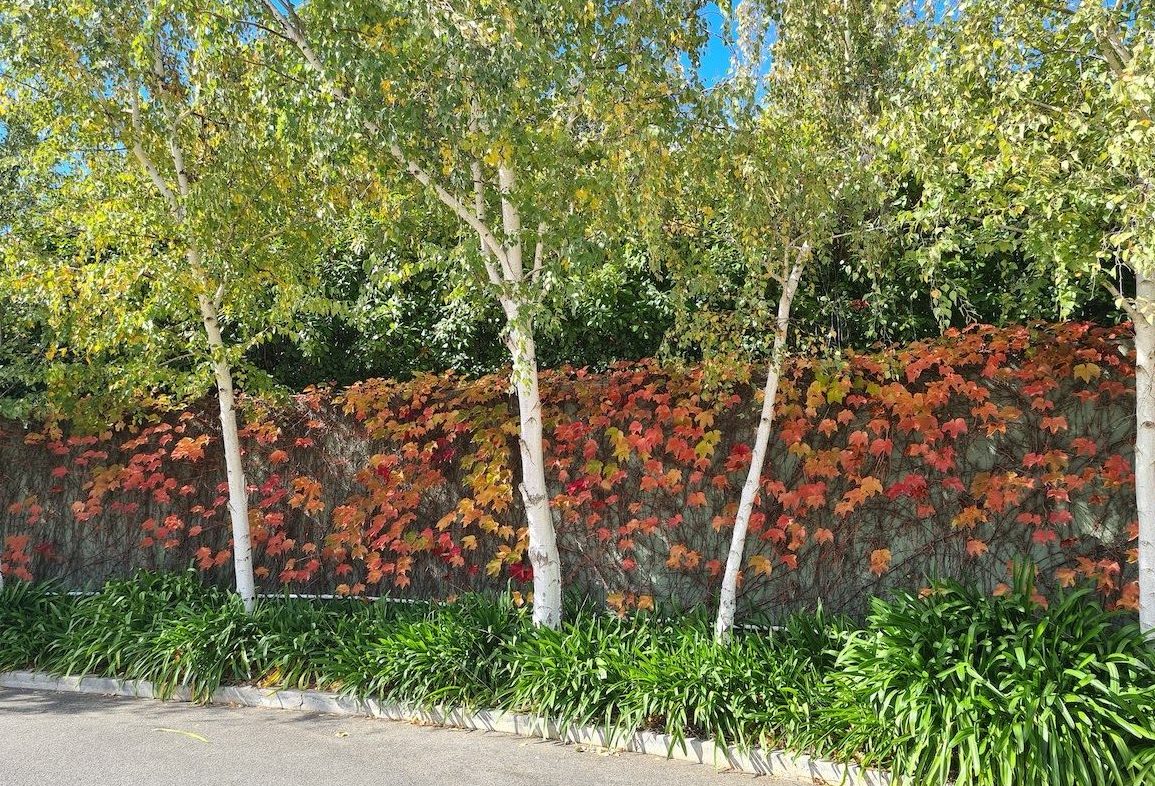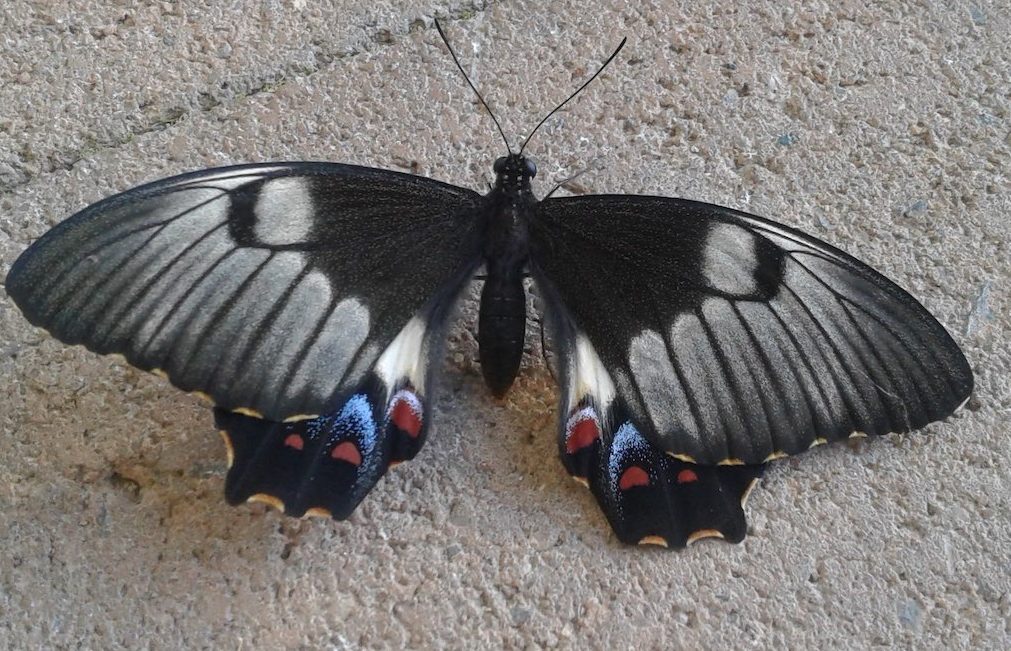
Autumn colour in Canberra is spectacular this time of year, says gardening columnist JACKIE WARBURTON.
MATURE trees in some of the older suburbs are breathtaking in autumn and worth a drive around to have a look at in the next month or so.

The leaves in many deciduous trees and shrubs change colour from normal green to beautiful colours that can be a feature in any garden, big or small.
Autumn leaf change is a result of a chemical reaction. As the daylight hours diminish (as well as the temperature) there is less uptake of chlorophyll in leaves and other colours are more prominent as the tree prepares to drop its leaves.
Pigments such as carotenoids produce orange and yellow hues in the leaves and the anthocyanins pigment displays the reds and purples.
These coloured leaves are compost gold to the home gardener. A wire circular cage with a few star pickets at least a metre tall and wide is all that’s needed to get started.
Layer leaves in the bottom of the circular cage and sprinkle manure or blood and bone and water it in. When more leaves have fallen, repeat the process. Try and aerate the pile every now and then to let the air in and keep the pile wet, with moisture getting deep into the pile. Technically, it’s leaf mould, but it’s designed to decompose over the next few months, ready for garden beds in the spring.
Leaf mould is a soil improver and lightly dug into the soil will increase its water-holding capacity. It’s not as rich as compost and can be used on sensitive native plants and young, small plants.
Leaves of oaks, Manchurian pears and smaller leaves are easier and quicker to decompose, but if there are large, coarse leaves – such as plane trees or catalpas – the leaves can be shredded with the mower on the lawn, raked up and then put with other leaf mould.
Try not to add pine needles to the pile as they slow decomposition. They can be used for mulch on the strawberries or any acid-loving plants instead.

THIS season there have been many more caterpillars and butterflies, and none other than the orchard swallowtail, or more commonly the large citrus butterfly (Papilio aegeus).
This critter is native to all states, except Tasmania. It is known to eat native plants such as boronias, eriostemon and plants of the Rutaceae family as well.
While the caterpillar prefers to eat young leaves of natives, it also likes exotics such as citrus trees and choisyas.
After eggs are laid and ready to hatch, the caterpillar will moult, change colour and then pupate to form a chrysalis before transforming into a butterfly that can live up to at least three months.
The citrus butterfly should not be confused with the dainty swallowtail butterfly (Papilio anactus), which is smaller than its counterpart and the smallest of all swallowtail butterflies.
Both are a minor pest. It’s great to see them around knowing they’re not nuisance enough to remove.
Keep a look out for other bugs such as green vegetable bugs, vine hoppers and cut worms around the vegetable patch. Place sticky traps in the garden to monitor what insects are around before treating to ensure you’re not killing off beneficial ones.
Jottings
- Cut back hellebores hard and winter Iris leaves and feed with compost.
- Fertilise lawn as the weather cools.
- Clear summer crops out of veggie beds and put in a green manure crop.
- Keep watering dahlias and chrysanthemums as they are flowering.
Who can be trusted?
In a world of spin and confusion, there’s never been a more important time to support independent journalism in Canberra.
If you trust our work online and want to enforce the power of independent voices, I invite you to make a small contribution.
Every dollar of support is invested back into our journalism to help keep citynews.com.au strong and free.
Thank you,
Ian Meikle, editor





Leave a Reply